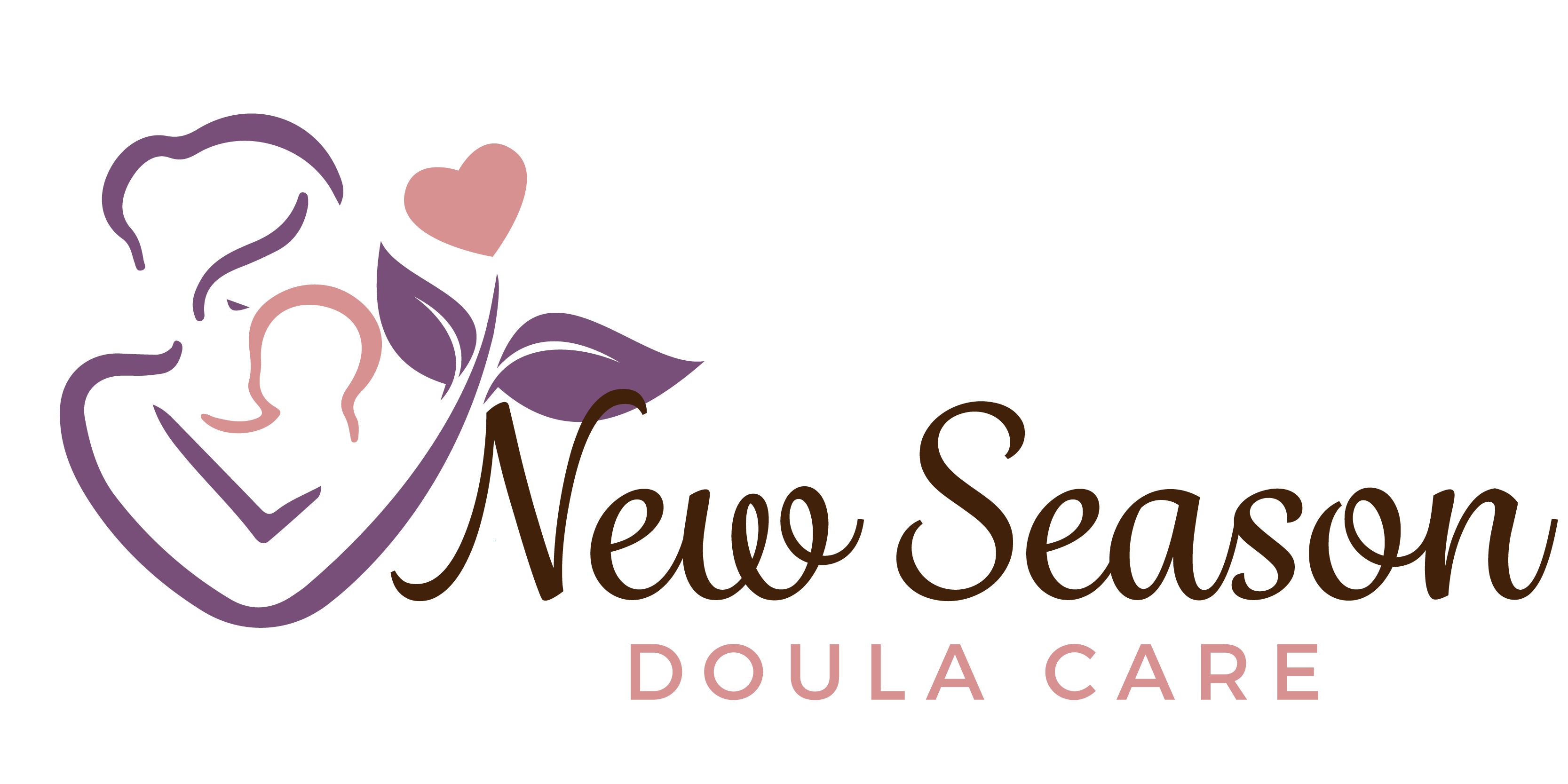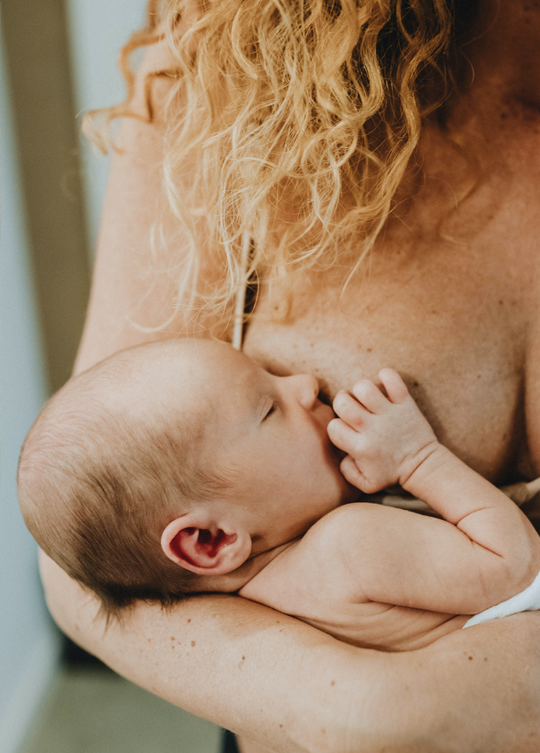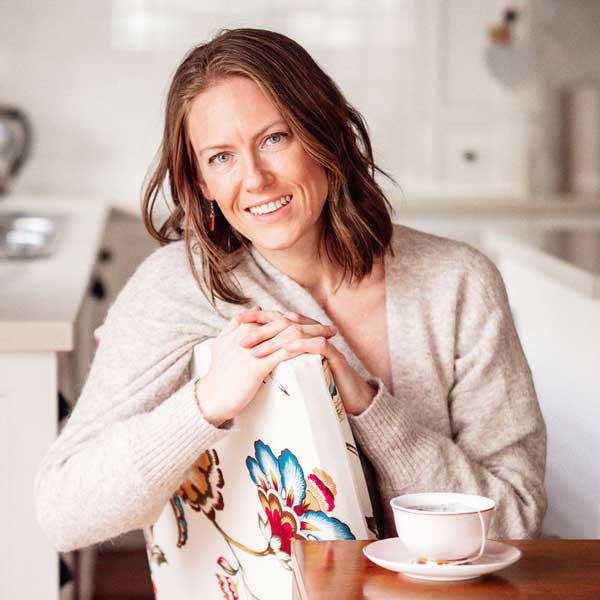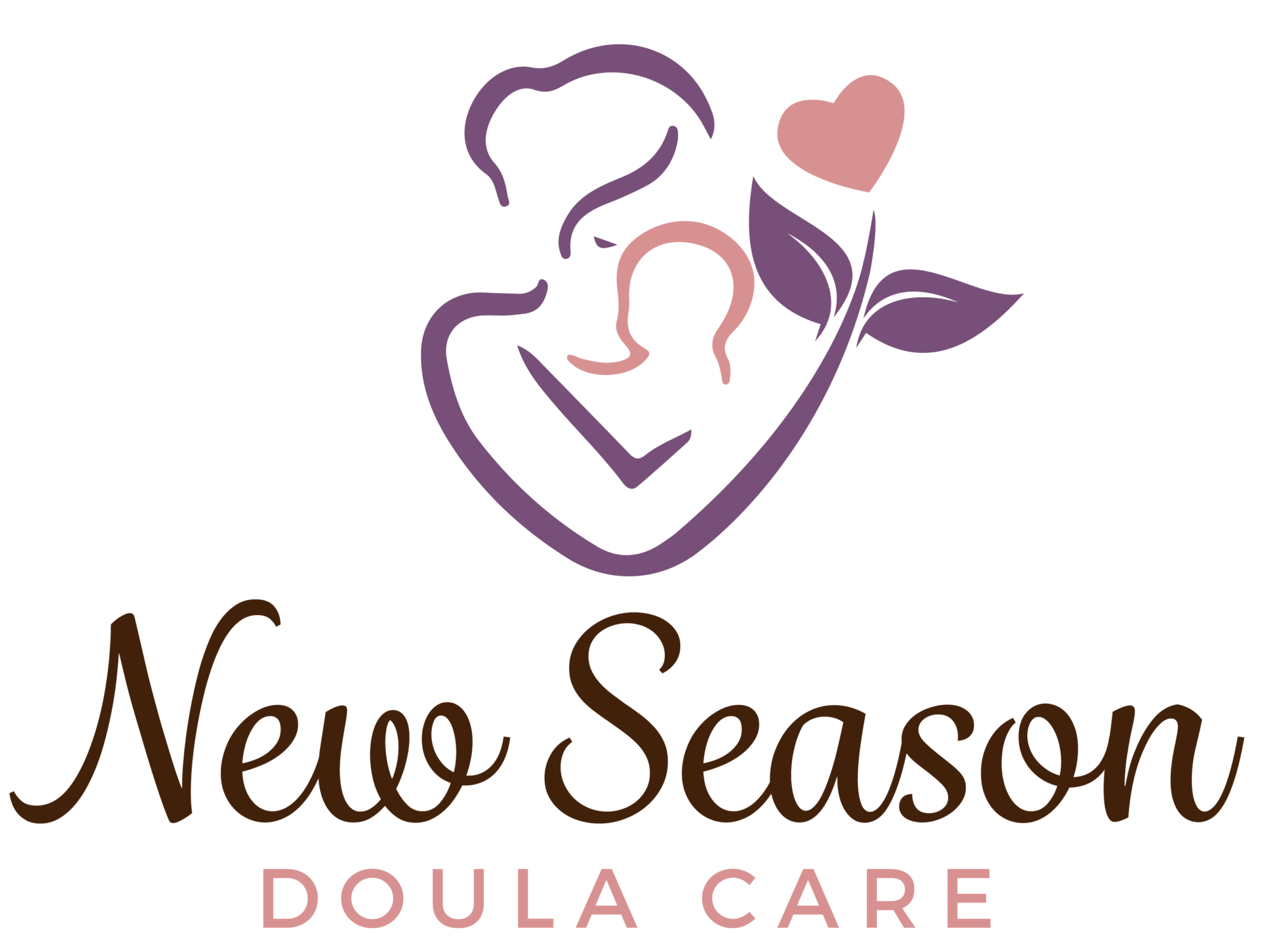Are you currently pregnant and planning on breastfeeding once your baby arrives earthside? How fantastic that you are already thinking about this! The benefits to breastfeeding are huge, both for mother and for baby, and breastmilk is going to give your baby the best start to life.
While most mothers usually want to breastfeed, the reality is that more than two thirds of them don’t meet their own breastfeeding goals. A widespread lack of support is one of the biggest reasons behind this. With the right support and early preparation, it is more likely that breastfeeding will get off to a good start, and when this happens there is a better chance of meeting those breastfeeding goals.
So, whether this is your first baby and you know diddly-squat about breastfeeding, or you have had some previous experience or attempt at breastfeeding and you’d like to give it a go again this time, there are a few things that you can start doing now that will help get you off to a good start on your breastfeeding journey.
- Antenatal expressing. This is where you remove colostrum from your breast and store it before baby is born. Colostrum is the earliest breastmilk that is produced from around 16 weeks of pregnancy and lasts until a few days after you have given birth. It is full of vital antibodies, proteins, vitamins and minerals – everything a baby needs in those first days of life. Collecting colostrum is best done by hand expressing and storing it in either a sterile syringe or a clean container. Express for approximately 10 minutes from each breast daily, starting from around 36 weeks of pregnancy (always get medical clearance before starting this). You can pop the syringe or container in the fridge and use it again to collect more colostrum the next day. Store colostrum in batches (anywhere between 1 and 10mls) in a plastic bag in the freezer and label with your name and the date. Your stash of liquid gold can be given to baby in the rare case that you are separated at birth or you are unable to breastfeed in the early days for any reason. Hand expressing can also help you get used to the sensation of nipple stimulation – great for promoting contractions during labour and also for those times when you may need to hand express throughout your breastfeeding journey.
- Seek out an International Board Certified Lactation Consultant (IBCLC). An IBCLC receives intensive training in breastfeeding support and must complete many hours of lactation education to become certified. They are the gold standard when it comes to breastfeeding knowledge and are qualified to deal with all types of complex breastfeeding problems. But you don’t need to wait until you are facing problems before seeking out an IBCLC. You can book in with one while you are still pregnant and they will be able to provide you with valuable guidance to get you started, such as looking at how any medical issues may impact breastfeeding, offering a breast assessment and providing you with the information specific to your needs that will support you in breastfeeding.
- Create a breastfeeding plan. Just as you would write out a birth plan to outline your preferences for how you would like to give birth, a breastfeeding plan sets out your intentions and goals when it comes to breastfeeding, and documents how you will achieve them. A breastfeeding plan is separate to a birth plan or a postpartum care plan, it is detailed specifically to achieve your breastfeeding goals. An IBCLC or a Postpartum Doula can help you create a breastfeeding plan.
- Build your village. There are many studies which show that with the right support, mothers are much more likely to meet their breastfeeding goals. Support starts with your village – you want to have a network around you that consists of people who are going to be supportive of your breastfeeding wishes and who will help you on this journey. Make your close family members and friends (the ones who you know are going to be there for you) aware of your breastfeeding intentions. Let them know you would love for their support and encouragement throughout this journey. Find a local breastfeeding support group in your area – The Australian Breastfeeding Association (ABA) offer many – these are a great way to meet other people on their breastfeeding journeys and to find peer support. Hire a postpartum doula who will understand you and your situation and be there for you while you are establishing breastfeeding. Find a physio, osteo or chiro who are also skilled in helping to correct any breastfeeding challenges that you may face along the way. All these people will form part of your support network – your village.
- Familiarise yourself with a good latch. So many early breastfeeding challenges can be corrected when the baby is latched onto the breast well. A poor latch can lead to many issues including nipple pain, cracked/sore/bleeding nipples, blebs, poor milk transfer and low supply to name a few. Knowing what a good latch looks like before you start breastfeeding can help avoid many of these problems. Many new mums attempt breastfeeding for the first time without ever having seen a baby breastfeed before or having much idea of what normal breastfeeding looks like. Breastfeeding for the first time with no prior understanding of how it should look can leave a new mother feeling very overwhelmed when she’s trying to get her own baby latched to the breast. I have provided some resources below that demonstrate a good latch.
- Broaden your knowledge. When you are pregnant the biggest thing on your mind usually is how you are going to give birth (and why shouldn’t it be – giving birth is a huge deal!) Sometimes we can be so focused on preparing for the birth, that very little to no thought goes into what happens beyond that. When it comes to breastfeeding, a lot of mums-to-be assume they will just wing it, figure it out when the time comes. They believe that they will receive all the advice they need when they are in hospital and then be on their merry way. Unfortunately, it doesn’t work like this and these beliefs can lead to poor breastfeeding outcomes. Breastfeeding is a learned skill and it takes time for each mother and baby dyad to establish breastfeeding, even when there has been some prior preparation. Knowledge is power, so take the time to learn just some of the basics in breastfeeding. You don’t need to become an expert, just being a little familiar with what to expect will help you get off to a good start. Learn about basic hunger cues, and how to position and hold the baby to achieve a good latch. Attend a breastfeeding education class. The Australian Breastfeeding Association has heaps of information to help get you started – I have provided some links below. For an easy read I highly recommend the book Born to Breastfeed, by Rowena Gray, IBCLC. It provides simple, straightforward, and easy-to-understand information to guide you through your breastfeeding journey.
- Aim for immediate skin-to-skin when baby is born. This is where your baby is placed straight on the mother’s chest immediately after birth. Skin-to-skin contact has many benefits for both mother and baby, one of them being it can help breastfeeding get off to a good start by promoting bonding and stimulating hormones that that will help increase milk supply. Having immediate skin-to-skin for at least an hour after baby is born leads to earlier and easier initiation of breastfeeding. A baby will often find their own way to the breast if left undisturbed (this is known as the breast crawl). Skin-to-skin can be ongoing for several weeks after birth to help establish breastfeeding. Make sure your birthing team are aware of your wishes – you can request immediate skin-to-skin contact with your baby on your birth or breastfeeding plan.
Further recommended reading and resources to help prepare you for breastfeeding:
What to expect in the first week: Feeds and nappies in the first week | Australian Breastfeeding Association
Skin-to-skin: https://www.breastfeeding.asn.au/resources/skin-skin-first-feed
Watch – From birth to first breastfeed: https://globalhealthmedia.org/videos/breastfeeding-in-the-first-hours-after-birth/?portfolioCats=191%2C94%2C13%2C23%2C65
Attaching baby to the breast: https://www.breastfeeding.asn.au/resources/attachment
Positions for breastfeeding: https://www.breastfeeding.asn.au/resources/positioning
Watch – Breast Crawl: https://www.youtube.com/watch?v=a9SH55UzCSo
Read – A guide to everything you need to know about breastfeeding: http://www.rowenagray.com.au/born-to-breastfeed.html
Remember that breastfeeding is a learned skill, and it will take a bit of practice and lots of support to establish. Anything that you can do now to prepare for breastfeeding will help in getting you started. Any amount of breastmilk is beneficial, so even if breastfeeding doesn’t exactly get off to a great start, it can be helpful knowing that just a little bit of breastmilk has provided your baby with antibodies which will help get their digestion off to a smooth start.
If you would like more information about how a doula can assist you on your breastfeeding journey, contact me for an obligation free chat about my services.



